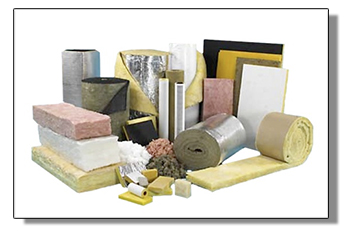Saving Your Energy Dollars...
Choosing the Right Insulation for Your Home

Your home, depending on its age, generally has one of three types of insulation: material fibers such as fiberglass or rock wool, cellulose, or foam. Each has a different R-value — the rating system for insulation's effectiveness. The higher the R-value, the better the insulation will prevent heat transfer between indoors and out. Foam has the highest R-value and creates an air barrier, but it's also the most expensive. Cellulose is behind foam in R-value, followed by fiberglass and rock wool. But if you create an air barrier with fiberglass or cellulose, that increases the R-value.
However, how much insulation and what kind you choose largely depends on where you live and whether you have a newly built home or an existing home you're looking to retrofit. The right insulation also depends on your payback period.
Here's a general primer on insulation:
Batts or Rolls: These are the fiberglass or rock wool types. They are generally made to fit between wall studs.
Loose Fill: Fiberglass, rock wool, or cellulose can be blown in, which makes it ideal for attics and other cavities, like walls. Fiberglass and rock wool require an air barrier before insulation installation, which means the cavity needs to be filled with caulk and foam. Cellulose does a better job of blocking air flow by itself.
Rigid Foam Board: This works for placement against exterior walls and shared walls with attics and must be sealed into place with caulk or foam. It's typically more expensive, but good for colder climates.
Foam in Place: This foam insulation is sprayed in and is ideal for cracks and gaps, such as spaces around windows and doors. Use low-expansion foam in these narrow spaces.